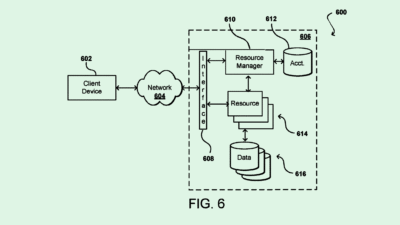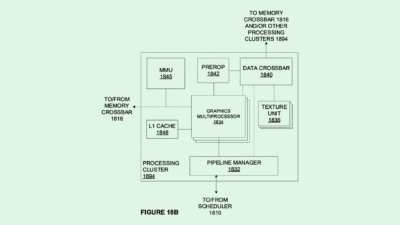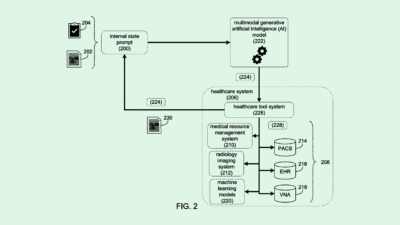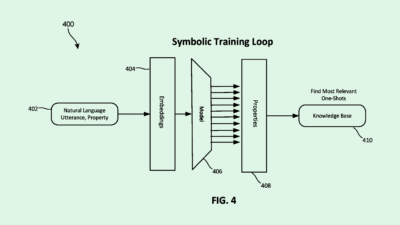Massive AI Infrastructure Investments Open Doorway to ‘Peripheral Discoveries’
“This is bigger than one company. This is bigger than one government.”
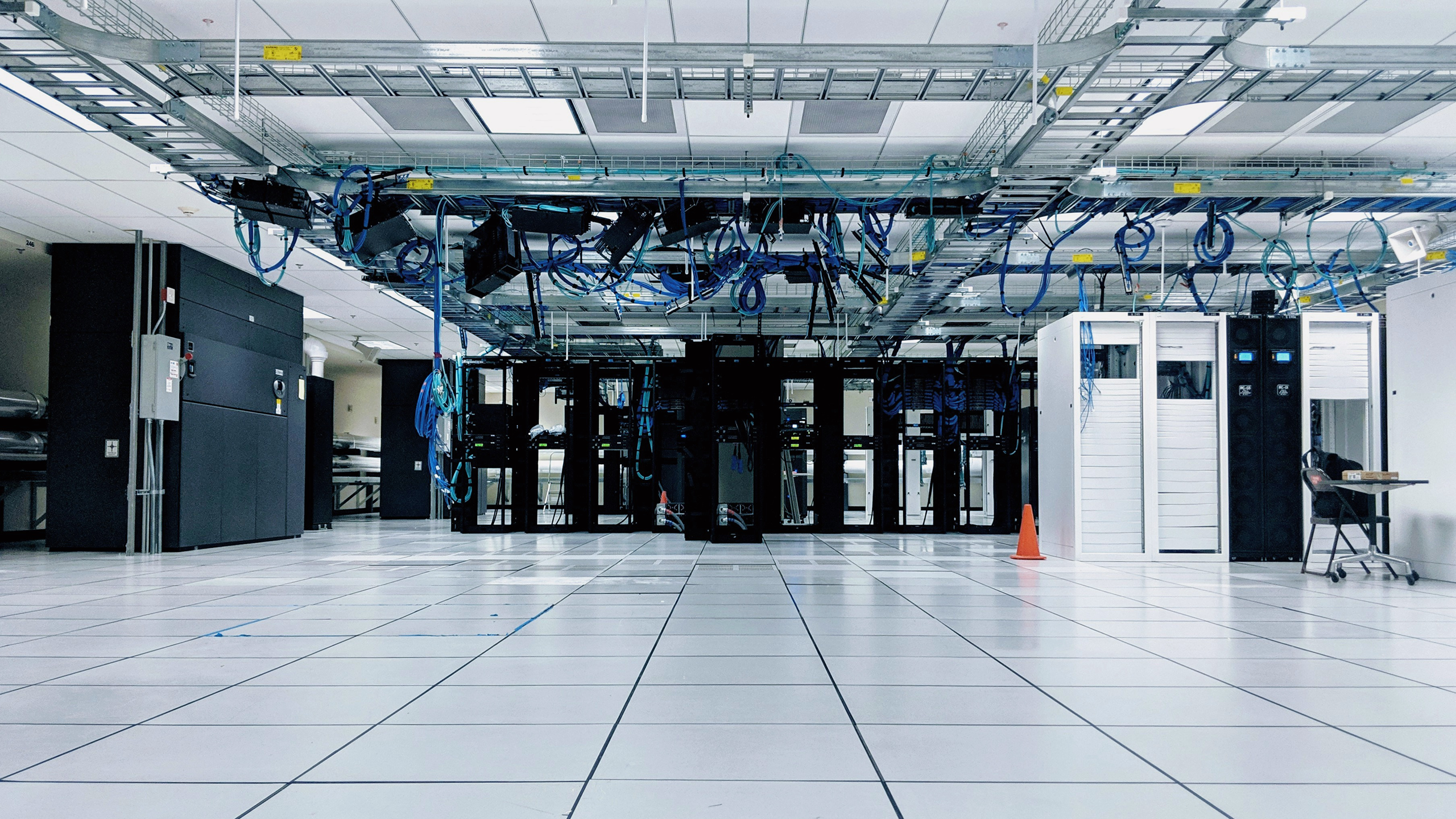
Sign up to get cutting-edge insights and deep dives into innovation and technology trends impacting CIOs and IT leaders.
The AI gold rush is looking east, not west.
Late last week, several tech powerhouses gathered to support the “UAE Stargate” project, an AI data center that will collaborate with the US Stargate project announced in January. The Abu Dhabi-based data center campus, backed by the likes of OpenAI, Nvidia, Cisco and Oracle, will span 10 square miles and boast 5 gigawatts of capacity.
Though few financial details were disclosed, the US Stargate initiative, spearheaded by OpenAI, SoftBank and Oracle, is expected to garner $500 billion in investments over four years. Its goal is to create 20 data center campuses spanning 500,000 square feet each.
With an investment this massive between industry leaders and governments, the question of whether returns will be as large as the initial bet remains:
- The project’s creation of cross-industry connection when AI competition is at an all-time high could be a sign that tech figureheads are reading the tea leaves, said Trevor Morgan, senior vice president of operations at OpenDrives.
- He called it “coop-etition”: “This is bigger than one company. This is bigger than one government,” Morgan said.
While the goal of this project is to provide a catalyst for the AI boom to become an AI explosion, the returns might go beyond ultra-powerful models, Morgan noted. The capacity and power that this investment will provide could come in the form of “peripheral developments,” such as innovation in compute, storage and energy.
He compared it to the cooperative effort of the Manhattan Project during World War II and the innovations that sprang from that research outside of building the atomic bomb. “Out of that research comes peripheral discoveries and advances that cannot be planned,” said Morgan. “That ultimately is going to be probably equally as valuable to these players as AI.”
The potential discoveries could be among the reasons that major players are going so, so big from the start. (For reference, according to TechCrunch, the UAE Stargate project’s 10 square miles of development would be bigger than the country of Monaco.)
“You want to over-engineer, you don’t want to under-engineer,” Morgan said. “To start off on a path and go, ‘Wow, we didn’t plan for this. We need four times as much,’ you start getting skepticism from the general public. They don’t know the full breadth of it either.”
So what does this mean for enterprises? Hopefully, Morgan said, the rising tide will lift all boats. The development will likely provide a boost to the supply chains surrounding it, he said, which could be “a boon for all of the economies involved.”
The cooperative nature of the projects may spur further economic advances, too. “I think we will see that this is in line with a general uptick in stability and in macroeconomic advances,” said Morgan. That is, as long as we can keep a lid on our expectations of what AI can do. “It’s ultimately good as long as we can control it.”

